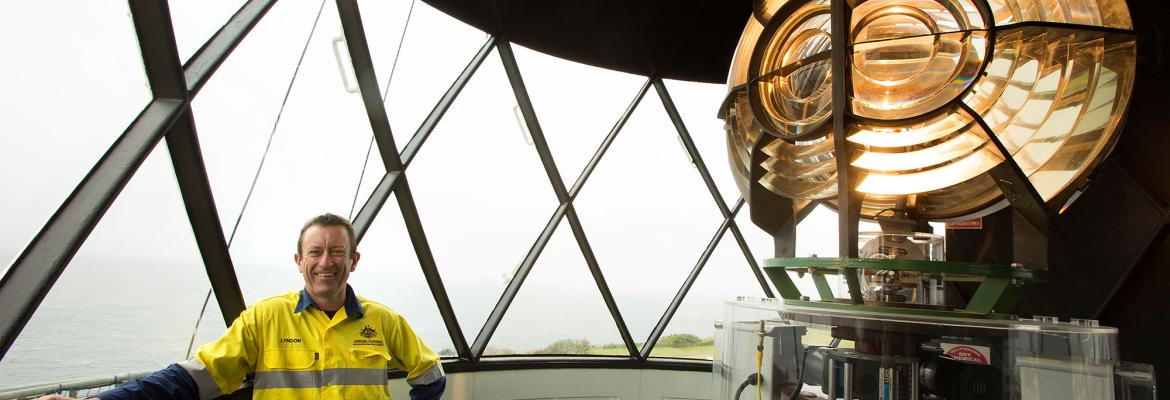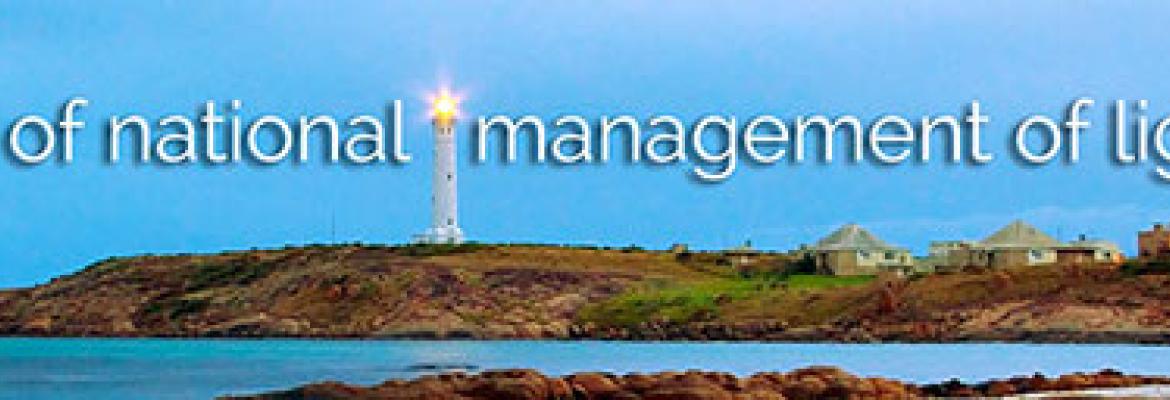
As an island nation, shipping has always been a vital part of the Australian economy. Along with other navigation technologies, lighthouses are essential to warn ships of hazards such as reefs and rocks. Shipwrecks were common in Australia's early colonial history with the loss of hundreds of lives. Many of Australia's lighthouses were built in response to fatal shipwrecks nearby. Areas such as Bass Strait and the south-west coast of Western Australia have proved especially treacherous for ships.
When first built, many lighthouses were in isolated locations and affected by extreme weather. Life as a lighthouse keeper could be a tough and lonely existence for the keepers and their families. Supplies had to come by sea or air for many lighthouses and many lighthouse keepers had to grow their own food. In the early days of lighthouses, mercury poisoning was also a risk.
Today, all of Australia's lighthouses are operated automatically and monitored remotely. Many use energy-efficient LED lights and rely on solar power at remote locations.
